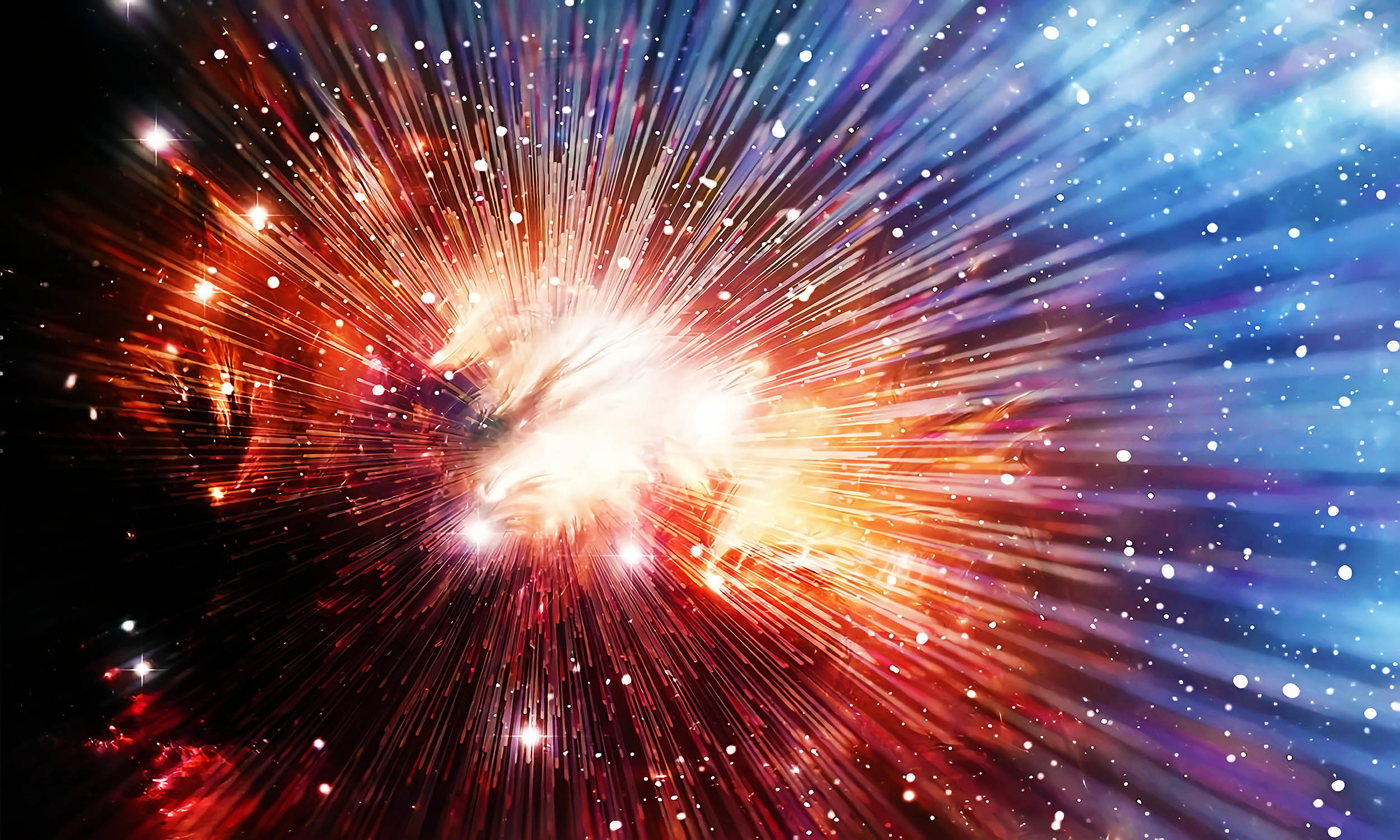The Big Bang theory of how the universe began is disproved by Webb telescope research

The Big Bang theory has long been considered the primary explanation for the origin of the universe. However, is it possible that we are viewing the world through an imperfect lens?
Recent research by Professor Lior Shamir challenges this prevailing idea, suggesting that an alternative, less recognized theory can illuminate our understanding of the universe just as effectively, if not more so.
Shamir’s research, published in the journal Particlesprovides new evidence supporting the “tired light” theory.
This concept, developed almost a century ago, offers a different perspective on the expansion of the universe – or lack thereof.
Understanding the “Fatigue Light” theory.
Back in the 1920s, astronomers Edwin Hubble and George Lemaitre noticed an interesting phenomenon: galaxies that are farther away from Earth seem to be moving away faster.
This gave rise to the idea of the Big Bang theory, which suggests that the universe began to expand from a single point about 13.8 billion years ago. But not everyone was on board with this theory.
Meanwhile, Fritz Zwicky, a famous astronomer, came up with a different idea.
He suggested that the redshift we see in distant galaxies — basically a shift in the light spectrum toward the red — might not be because the galaxies are moving faster.
Instead, he thought that light photons from those star clusters would lose energy, or “exhaust,” as they travel through space.
This loss of energy can make it appear as if more distant galaxies are moving away from us faster than they really are.
“The tired light theory was largely ignored, as astronomers accepted the Big Bang theory as the universal consensus model,” Shamir says.
“But some astronomers’ faith in the Big Bang theory began to wane when the powerful James Webb Space Telescope (JWST) first saw the light.”
A new view through the Webb telescope
The launch of JWST has opened a new window on the universe, providing images that are clearer and more detailed than ever before.
Scientists expected these images to show a young, developing universe, as the Big Bang theory would suggest.
But what they found instead were mature galaxies – galaxies that appear to be older than the universe itself if we strictly adhere to the Big Bang timeline.
“JWST produced detailed images of the very early universe, but instead of showing the early universe as astronomers had hoped, it showed massive, mature galaxies,” Shamir notes.
“If the Big Bang happened as scientists previously believed, these galaxies are older than the universe itself.”
This unexpected discovery by Kansas State University engineers has led to renewed interest in alternative theories, including the “tired light” concept.
Is it possible that our understanding of the expanding universe is based on assumptions that may need to be reconsidered?
Adding weight to the “Fatigue Light” theory.
Shamir’s research involved measuring the redshift of more than 30,000 galaxies using images from three different telescopes.
The aim was to determine how this redshift changed with the distance of the galaxies from Earth and their movement relative to our planet. The results were interesting.
“The results showed that galaxies rotating in the opposite direction relative to the Milky Way have a lower redshift compared to galaxies rotating in the same direction relative to the Milky Way,” explains Shamir.
This difference reflects the motion of the Earth as it orbits the Milky Way. But what was more important was that the difference in redshift increased with the distance of the galaxy from Earth.
“Because the speed of rotation of the Earth relative to the galaxy is constant, the reason for the difference may be the distance of the galaxy from the Earth,” Shamir says.
“That shows that the evolution of galaxies changes with distance, which is what Zwicky predicted in his Fatigue Light theory.”
Rethinking how the world began
Although Shamir’s findings do not completely disprove the Big Bang theory, they do stimulate important observations.
If the redshifts observed in distant galaxies are not due solely to their speed moving away from us, we may need to reevaluate the foundations of the Big Bang theory.
Furthermore, the “exhausted light” theory offers an interesting possibility of events that challenge the Big Bang model.
For example, why do we see constellations that appear to be older than the universe itself? Could it be that the light we see has lost energy over time, instead of the universe expanding at a faster rate?
In summary, Shamir’s work suggests that we should look beyond established models to gain a better understanding of our world. He encourages other scientists to rethink long-held assumptions that have shaped their research for decades.
Although the “exhausted light” theory has not come close to replacing the Big Bang in mainstream science, it is clear that our understanding of the universe is still a work in progress.
The full study was published in the journal Particles.
—
Do you like what you read? Subscribe to our newsletter for interesting articles, exclusive content and new updates.
Check us out on EarthSnap, a free app brought to you by Eric Ralls and Earth.com.
—
#Big #Bang #theory #universe #began #disproved #Webb #telescope #research



